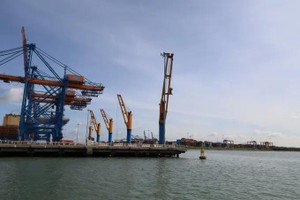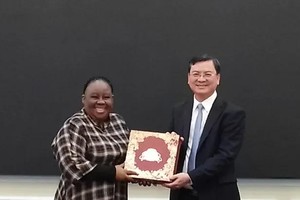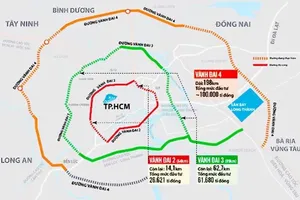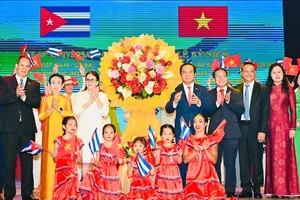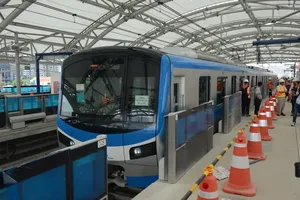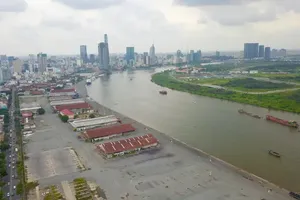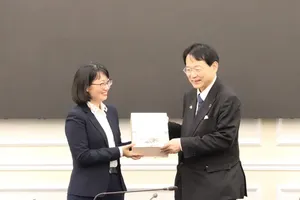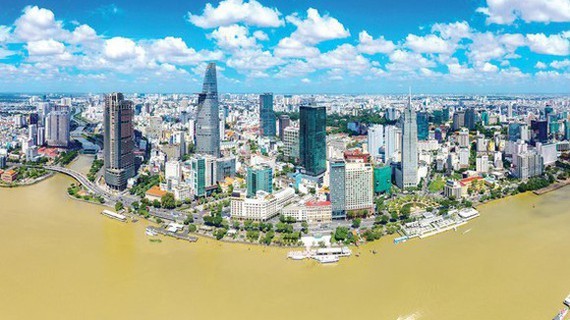
The city proposed that the Government consider adding the scheme to the national socio-economic development strategy in the 2021-2030 period with a vision to 2045, as well as to the draft documents of the upcoming 13th National Party Congress.
According to the municipal Party Committee, the scheme will help enhance the position of Vietnam in the global map of financial centers.
The building of an international financial centre in the city was initiated by HCMC and has been discussed for years. The city aims to provide financial services to neighbouring countries and those in the ASEAN and beyond, and join the network of regional financial centers.
In the long term, the city expects to lure leading regional and global financial institutions and organisations.
According to the municipal People’s Committee, the city has the highest density of financial institutions in the country with 2,134 banking and credit entities, including 50 foreign-invested, 31 joint stock commercial and four State-owned banks.
In 2019, the mobilized capital in the city accounted for 24.09 percent of the country’s total, while the loan outstanding balance also made up 28.05 percent of the outstanding loans of the whole economy. Total market cap value in the Ho Chi Minh Stock Exchange accounted for 95 percent of the whole domestic market’s total and 54.33 percent of the country’s GDP.
The city is serving as the major locomotive of the Vietnamese economy, which accounted for 22.3 percent of the national GDP and 26.6 percent of the State budget. It is home to 33.8 percent of the total FDI projects in Vietnam. The city is also the cradle of the Vietnamese stock market.
The successful formation of the HCMC financial center is expected to create positive impacts on the country’s capital sources, while attracting investment flows which go along with supporting business and financial products and services.

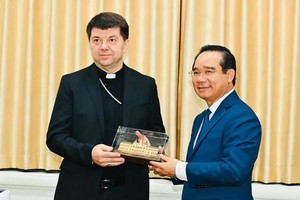

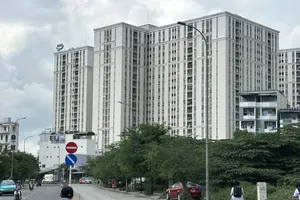
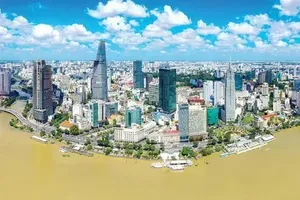

)

